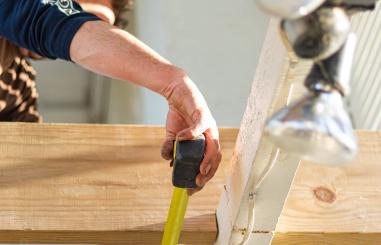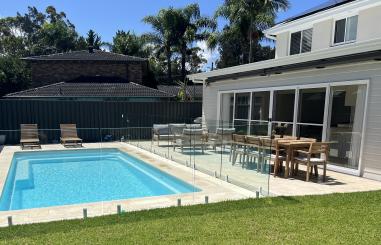Building a home is a significant investment, and it's essential to understand all the costs involved. Two terms that often come up in the building process are prime cost (PC) and provisional sum (PS). These two concepts can be confusing for those who haven't been through the residential building process before. In this article, we'll explain what these terms mean, how they differ from each other, and their importance when it comes to residential building in Australia.
What is Prime Cost?
A prime cost item refers to an allowance included within your builder's quote or contract for materials or items that have yet to be selected. These include fixtures such as taps, door handles or appliances like ovens or dishwashers. Prime costs commonly appear on quotes as "PC sums" with an amount next to them.
The prime cost amount allows you some flexibility when making choices about fittings during construction because these items' actual price may vary depending on brand selection. However, keep in mind that if you choose items higher than your original budgeted figures for prime cost sums then additional charges will apply.
Including estimated prime costs allows builders to provide more accurate pricing estimates upfront while still offering flexibility over final choices. It lets homeowners know what portion of their overall budget will go towards fittings while giving them confidence they won't face unexpected charges down the road if they choose more expensive options than originally planned.
What is a Provisional Sum?
A provisional sum refers to an amount included within your builder's quote or contract as an estimate of possible work that has not yet been defined at the time of signing contracts with contractors or sub-contractors.
A provisional sum is an allowance for anticipated work which may change in cost due to unforeseen events and changes to the construction process. Common examples of provisional sums include excavation works, soil testing, retaining walls and council fees.
In short, it covers any necessary work that cannot be accurately specified at the time of signing the contract. Provisional sums are essential as they allow both parties to be more transparent about costs during a project while providing flexibility if unexpected expenses arise during construction.
How Do Prime Cost and Provisional Sum Differ?
The primary difference between a prime cost sum and a provisional sum that prime costs relate specifically to material items such as appliances or fixtures, while provisional sums refer primarily to labour requirements like excavation works.
Another key difference is that prime cost amounts can be adjusted based on final selections made by homeowners whereas provisional sum amounts are fixed budgeting figures given for unknown services required on site before commencement of building works.
In summary:
Conclusion
If you're planning on building a home soon, it's crucial you understand these two concepts so you can make informed decisions about your budget throughout the process. It's also important that both you and your builder have clarity around prime cost provisional sum to avoid any misunderstandings.
Remember that while prime cost sums allow you more flexibility when selecting fittings, it's important not to exceed your initial budgeted amount as there may be additional charges.
Likewise, with provisional sum figures, these can only be reflective of an estimate at the time of signing contracts, so it's vital both parties are aware that unforeseeable events could result in additional costs.
By understanding the difference between prime cost and provisional sum in residential building in Australia, you can ensure a smoother construction process with minimal surprises or unexpected expenses.

Prime Costs (PC) and Provisional Sums (PS) are essential terms in construction quotes. Prime Costs cover allowances for materials like fixtures or appliances that haven't been selected yet, offering flexibility but potentially leading to additional costs if more expensive options are chosen. Provisional Sums are estimates for work not fully defined when quoting, like excavation or retaining walls, and may change due to unforeseen circumstances. Understanding the distinction helps homeowners manage budgets and avoid surprises during the building process.
Read more
A pre-handover inspection is crucial when taking possession of a new home to ensure any issues or defects are addressed before the final settlement. Key areas to check include the structural integrity (e.g., walls, floors), fittings and fixtures (e.g., taps, doors, windows), kitchen appliances, bathroom tiles and plumbing, electrical systems, and finishes like paintwork and flooring. By thoroughly inspecting these aspects, homeowners can prevent costly repairs later and ensure a smooth transition into their new home.
Read more
In recent years, a new trend has emerged in the world of residential homes known as the Australian Hamptons style. This unique architectural and interior design style combines elements of traditional Hamptons style with a distinctive Australian twist, resulting in homes that are both elegant and relaxed. Often referred to as Aussie Hamptons, these homes have gained popularity for their timeless appeal and seamless integration with the beachy Australian lifestyle.
Read more